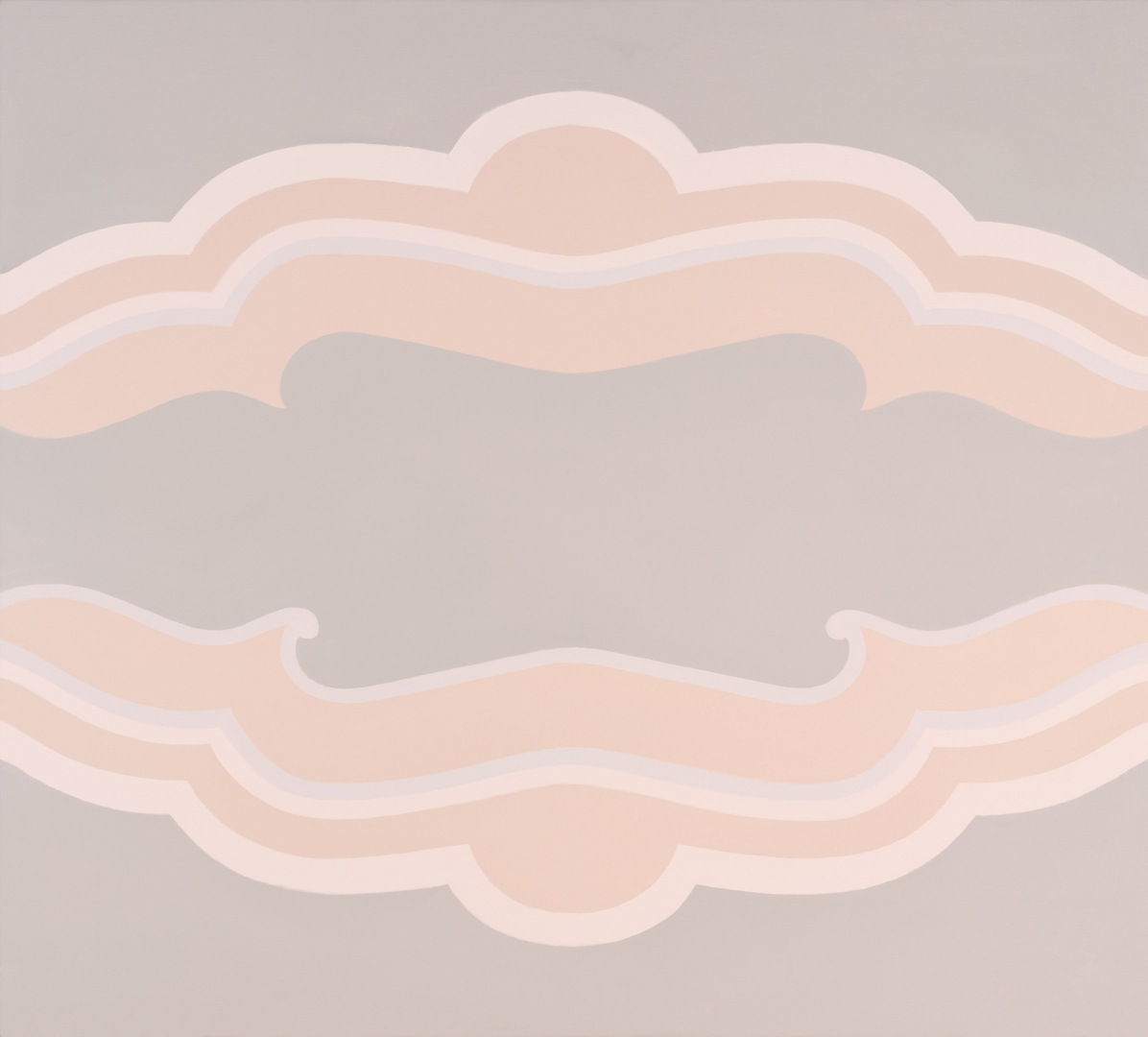Eelma is interested in space that is not yet full of meanings, space that existed before us. Her art includes references to different epochs, architectural styles and interiors, yet she does not pursue historical accuracy. The initial impulses for the exhibition Longing for Lost Space were a sense of silence and timelessness emanating from 19th-century Biedermeier interiors, and the possible meanings and interactions between hidden and visible spaces.
Eelma was inspired by the painting Interior of the Bluhm House in Tallinn (1841) by Carl Sigismund Walther, included in the permanent exhibition of the Kumu Art Museum. The painting depicts the wife of Hermann Bluhm, the city doctor of Tallinn, on her deathbed, being cared for by her daughter and stepdaughter. This Baltic-German painting is exceptional because it depicts with historical accuracy a concrete family and their house in Tallinn. Eelma perceives in that painting a certain timelessness, a metaphysical dimension and an inexplicable sense of silence. Eelma conducted a thorough research and a picture analysis; she also visited two flats in the house at 57 Pikk Street and recorded her findings.
At the Kumu exhibition, Eelma has entered into a dialogue with the atmosphere and the details of the room in Walther’s painting as well as with the elements of the depicted characters’ clothes. In addition to the artist’s new paintings, the exhibition also includes sketches and drawings, photographic material from the artist’s aforementioned visits to the house, records of her first encounters with the cyanotype technique and Walther’s actual painting. By referring to open meanings of images and potential time-transcending links between people and spaces, Eelma has brought the initially unnoticed details of the historical painting into focus, and has entered into a conceptual dialogue with them through her unique artistic language.
Team
Curator: Brigita Reinert
Exhibition design: Kaarel Eelma
Graphic design: Tuuli Aule
Sound design: Lauri Lest
Exhibition team: Richard Adang, Andres Amos, Darja Jefimova, Tõnis Jürgens, Mari Kangur, Ketlin Käpp, Maria Lota Lumiste, Kaidi Saavan, Stanislav Stepaško, Laura Tahk and Madli Valk
This exhibition is part of the permanent exhibition Landscapes of Identity: Estonian Art 1700–1945.




